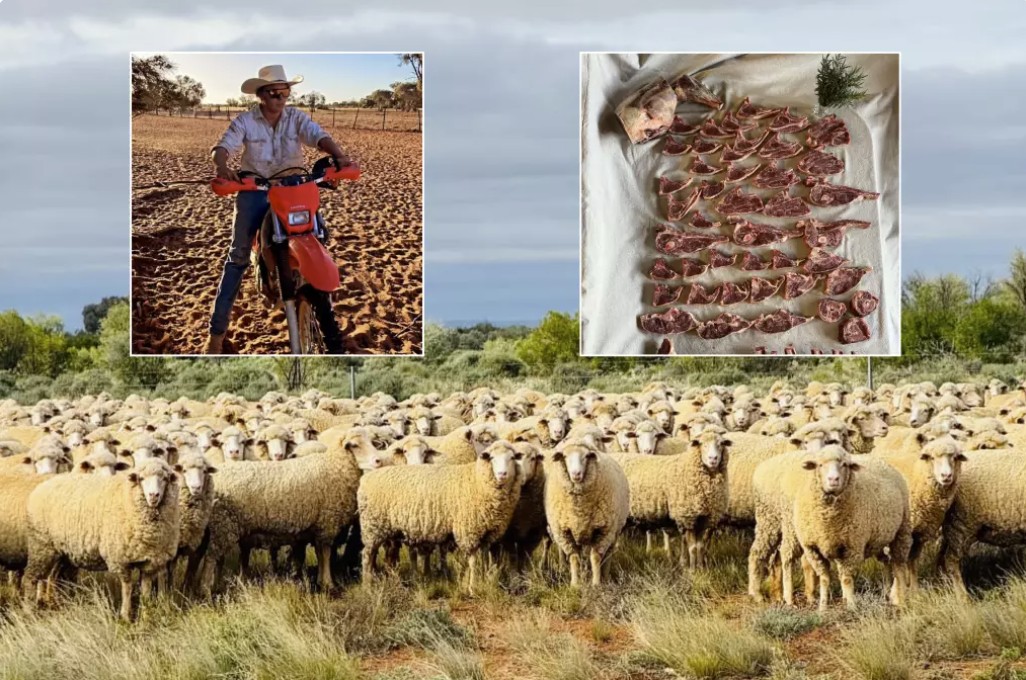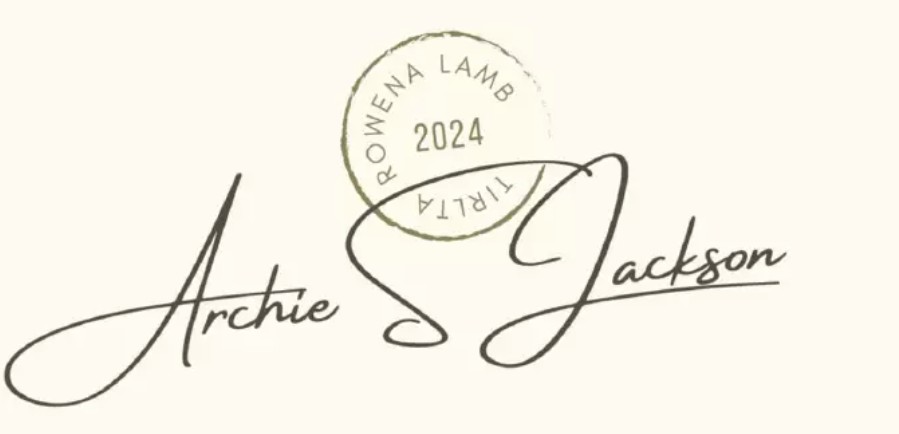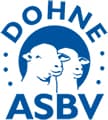Young farmer brings outback lamb to the city
Article courtesy of ACM (Quinton McCallum) Stock Journal

Archie Jackson, from Rowena and Tirlta Stations north east of Broken Hill, went to boarding school in Adelaide where he discovered a big demand for his family’s station reared lamb. Pictures supplied
An enterprising young farmer is bringing outback lamb to the city with the launch of a station to plate offering.
Growing up on the Jackson family’s Tirlta and Rowena Stations, an hour north east of Broken Hill, NSW, the rich taste of saltbush-grazed lamb was always known and available to Archie Jackson, but when attending boarding school in Adelaide, he discovered it was somewhat of a delicacy to those in the big smoke.
The positive feedback from friends, and families of those friends, has led to Archie offering outback lamb delivered to door under the brand ‘Archie S Jackson – Tirlta Rowena Lamb’ and through the help of Woodside Butcher.
The value-adding venture will involve Archie bringing a minimum of 45 lambs down to Woodside Butcher, which will kill, cut and deliver to customers in Adelaide and surrounds, with pickup also available.
“I went to boarding school in Adelaide and a lot of my mates and their families wanted to try lamb from our station,” Archie says.
“I took a couple down there on weekends to cook up on the barbecue and they all loved it and the demand grew.”
Archie works on the Rowena and Tirlta properties with parents Matt and Sara, and also does contract mustering work on surrounding properties.
The family run 6500 Dohne ewes, mated to Mt Alma and Babirra rams, across both stations.

Archie Jackson is hoping to share a taste of station life, and lamb, with consumers through the launch of his lamb brand. Picture supplied
Also large wool producers, the Jacksons believe the quality of their lamb comes down to the feed synonymous with pastoral NSW.
“All of our feed base is a huge variety of native grasses and saltbush – we don’t feed the lambs grain or do any supplementary feeding unless it’s really dry when we’ll generally sell out anyway,” Archie said.
“We work on 21 to 24 kilogram (carcase weight) as a turn off weight.
“The lambs cut their teeth early if it’s dry, but if it’s not dry they’ll hold onto their lambs teeth a bit longer and put on additional weight.
“We’ve got up to 15 months as a lamb, but then this year they’ve been cutting teeth early because it was dry last year.”
“How well the lambs perform all comes down to feed availability and what you have around.
“Rowena has a lot of flood out country and we’ve had a fair bit of water on it in the past year so it’s looking really good there to the point we’ve got cattle agisted on it.”
The Jacksons were once certified organic and still use little chemical – only for a once a year dip to prevent lice.
While on a larger scale than most farms, the Jacksons still employ a form of rotational grazing.
“The old man flies around to keep an eye on what’s happening with the feed and we make the decision to move stock based on that,” Archie said.
“We rotate our stock around paddocks a lot to prevent overgrazing or flogging any country.”

Archie will have lambs processed at Woodside Butcher, with delivery and pick up available.
Other challenges on station country include wild dog predation and being mindful of floodwaters, especially after drought.
While decisions are often influenced by the season, the Jacksons generally sell all wether lambs and retain 60 to 70 per cent of their ewe lamb drop.
“We’ve reached a good standard with our breeding so we can pretty well class them through the draft,” Archie says.
“If the wool market went through the roof, we’d probably consider running some wethers but it would have to go up a lot.”
Breed switch paying dividends
Producing top quality lambs out on station country has also been helped by a move from Merinos to Dohnes, according to Archie.
Wool is a major aspect of the Jackson’s enterprise but they believe the gain from meat value in running Dohnes has outweighed any production dip in wool.
The Jacksons breed from rams sourced from SA studs Mt Alma, Coonalpyn, and Babirra, Stansbury.
“We were running Merinos but we went to Dohnes because when it dries off they are more resilient and hold onto their bodyweight better,” Archie said.
“They don’t cut as much wool, but we think they’re better mothers to their lambs and the lambs mature earlier so we think there’s better meat value.”
The Jacksons produce about 200 bales of 18 to 21 micron wool a year from their Dohnes – averaging about five kilograms a head from their ewes and 2.8kg from their lambs.










 Facebook
Facebook YouTube
YouTube Instagram
Instagram